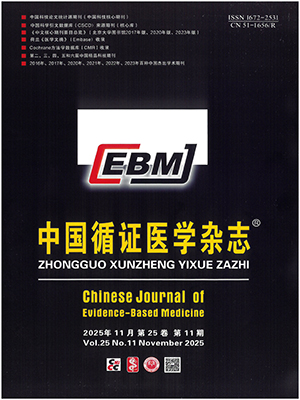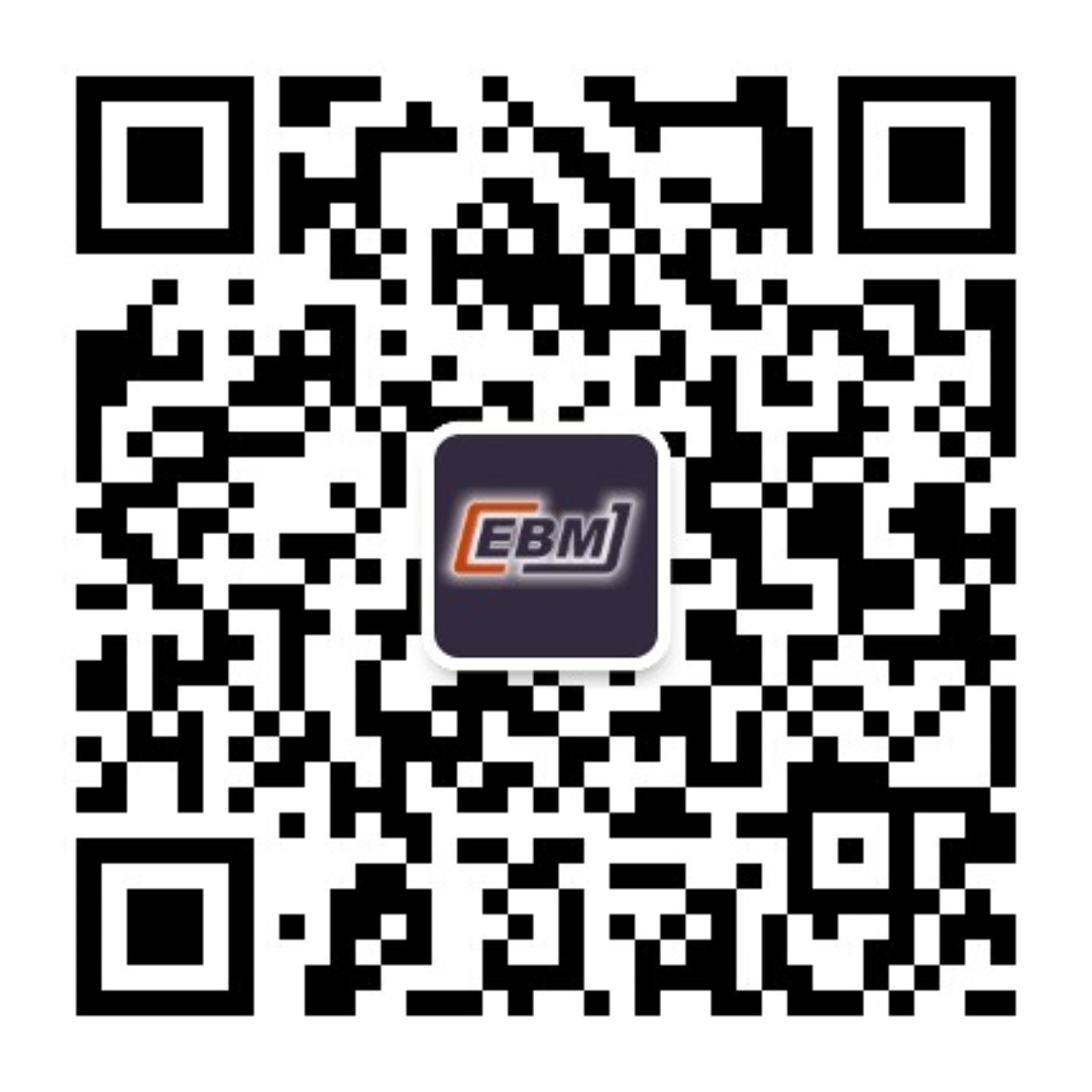Objective To undertake a preliminary study of the concept and approach of patient value and preference and to learn how to understand and elicit patient preference in the light of evidence-based medicine so as to promote evidence-based practice and improve the relationship between clinicians and patients.
Methods The searching key words were developed and pertinent data were retrospectively retrieved for the years of 1992-2002. MEDLINE and CBMdisc were searched along with handsearching 9 Chinese medical journals and 4 evidence-based medicine books. Data were scanned and analyzed.
Results A total of 2 646 related articles were identified, most of which were found in MEDLINE (2 403), followed by CBMdisc (185) and the journals (58). Currently there is no original article to study in this field from a point of view of evidence-based medicine in China.
Conclusion Patient value and preference have been emphasized in the approach of evidence-based medicine and it is a worthwhile topic for us to explore.
Citation: ZHANG Mingming,LIU Xuemei,HE Lin,LI Jing. Patient Value and Preference in Evidence-Based Medicine. Chinese Journal of Evidence-Based Medicine, 2004, 04(10): 707-710. doi: Copy
Copyright ? the editorial department of Chinese Journal of Evidence-Based Medicine of West China Medical Publisher. All rights reserved




